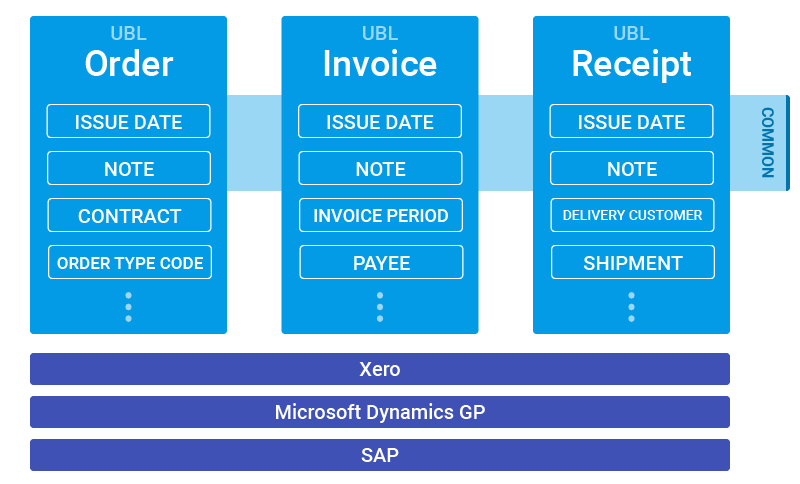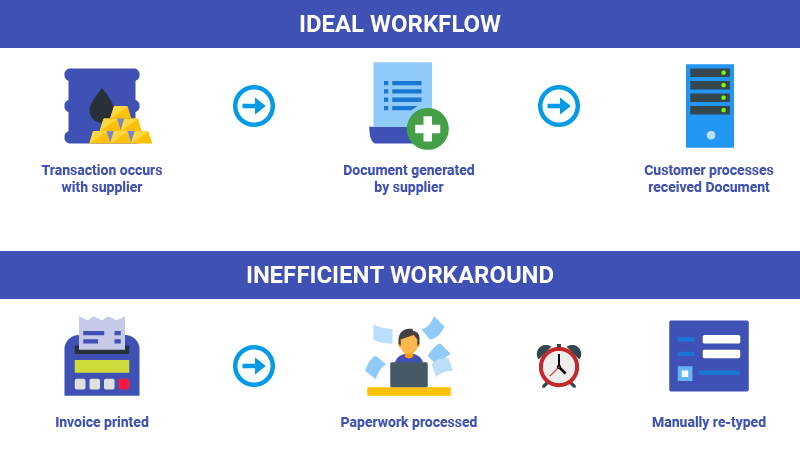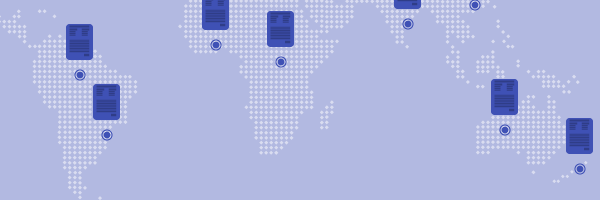# Transforms
TIP
Transforms make use of XSLT, a language for transforming XML documents into other XML documents. To learn more about XSLT, see this tutorial on W3Schools.
The notion of moving from physical business documents to the digital space is not a new concept, but one that has moved with considerable momentum and attention in recent times. As a result, many different organisations have provided input into constructing document styles and formats that defines how invoices, purchase orders, and many other types of business documents should be created and used.

The effect of this is that one business is unlikely to use the same business platform as another business. The lack of one common, succinct business document standard (called a schema in the technical space) makes digital exchange of documents difficult from an integration and automation perspective.
A common coping mechanism undertaken by businesses in light of the pressure faced when fulfilling business for customers is using the "email and type into form" methodology; this involves re-typing information previously made digital, but currently found in a form that is incompatible with business systems currently employed by your business.

Transforms aim to solve this technical challenge, mapping entire Documents from the form provided by your other Trading Partners, into a form compatible with your systems. This is a highly customisable feature, and provides limitless, realisable benefits to your business when used optimally.
To get started, click Transforms in the left sidebar.
# Why We Use UBL
The use of a common language within DX2 is paramount to making integration and Document transformation as easy and painless as possible. In using DX2, it becomes important and relevant to understand the role that UBL plays in functions offered by DX2.
TIP
OASIS is the organisation who created, and who maintains the UBL standard.
# Diverse Range of Document Types
Systems such as CRM and ERP software packages offer a wide, varying party of business document types, which draws from the wide variety of document types that supported business prior to the movement towards electronic document transfer and digital conversion of information.
While there is a mixture of intersection and uniqueness around the document types offered in these systems, there exists some consensus around the collection and purpose of document types used during transactions between businesses and individuals around the world. In the creation of the UBL standard, OASIS aimed to cover as wide a scope of this document type collection as possible.
This provides the significant benefit of avoiding custom creation of document types which creates fragmentation among the community of e-commerce users and providers, and encourages consistency and unity among electronic document exchange.
# Open, Publicly Available Standard

While proprietary, closed-source standards and document schemas have the implicit benefit of giving control to the authoring organisation or individual, they discourage cooperation and unified system design, causing complications and difficulty in integrating financial and CRM systems.
UBL takes the opposite approach, embracing a totally open and publicly available position. This allows any party to start adopting the advertised standards and document types advertised by UBL, improving speed and reducing the learning curve relating to adoption.
# Support from Influential Organisations

OASIS is supported and sponsored by the Publications Office of the European Union and the US Department of Defense (DoD).
While this is not an advertisement which demonstrates the amount to which these organisations make use of the UBL standard, many other influential organisations have adopted the standard in their electronic document transfers and CRM/ERP systems, with the motivation of adoption made clear by the above benefits among numerous others.